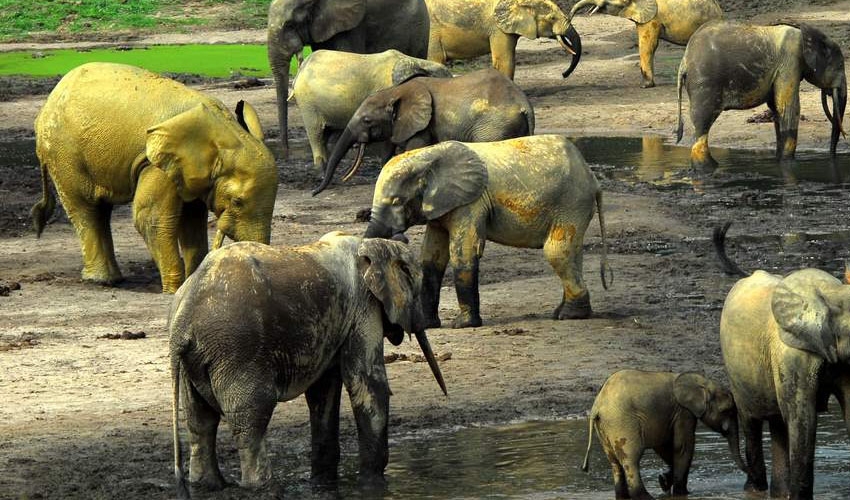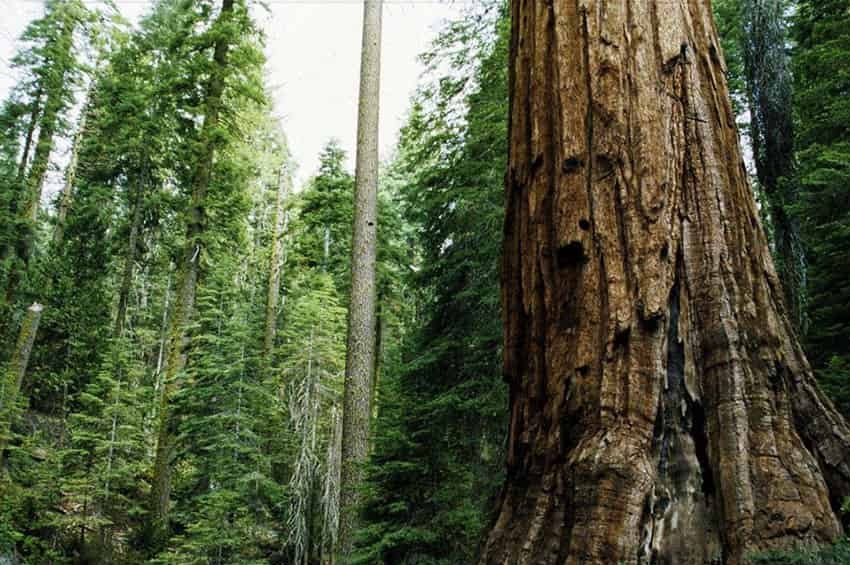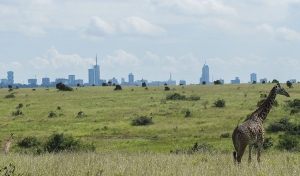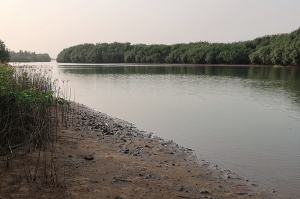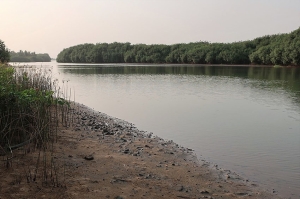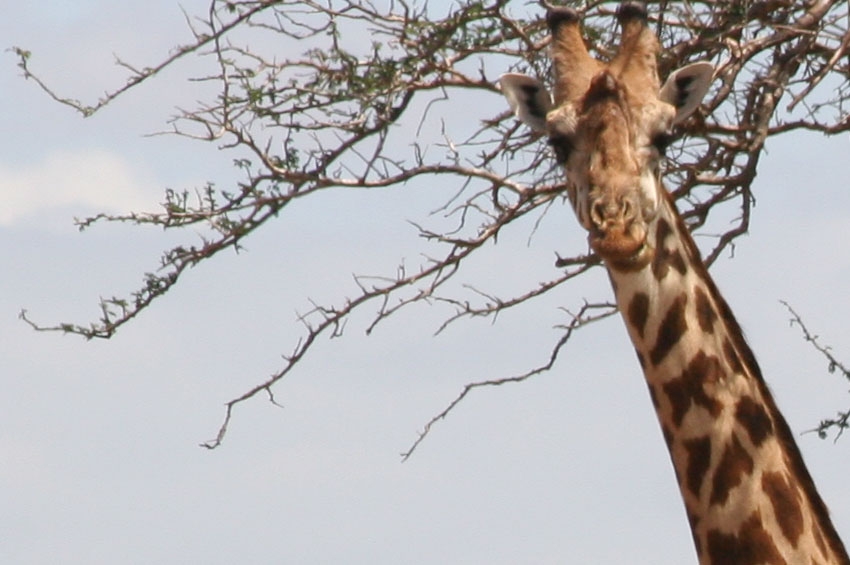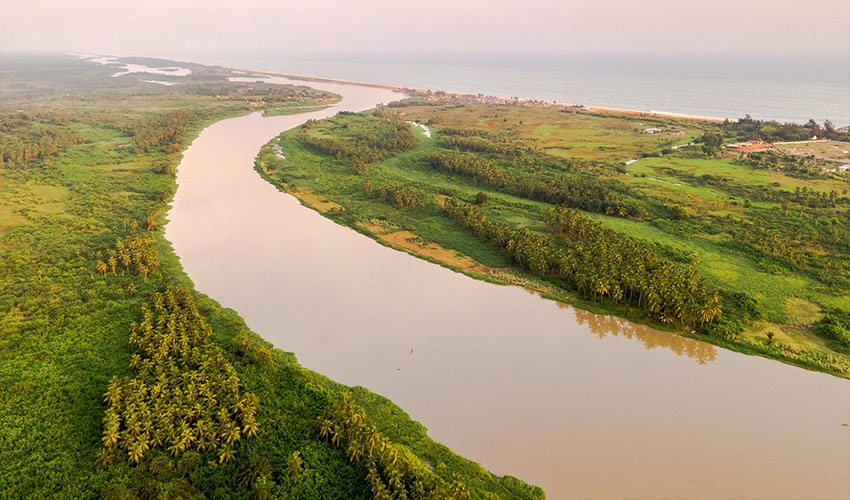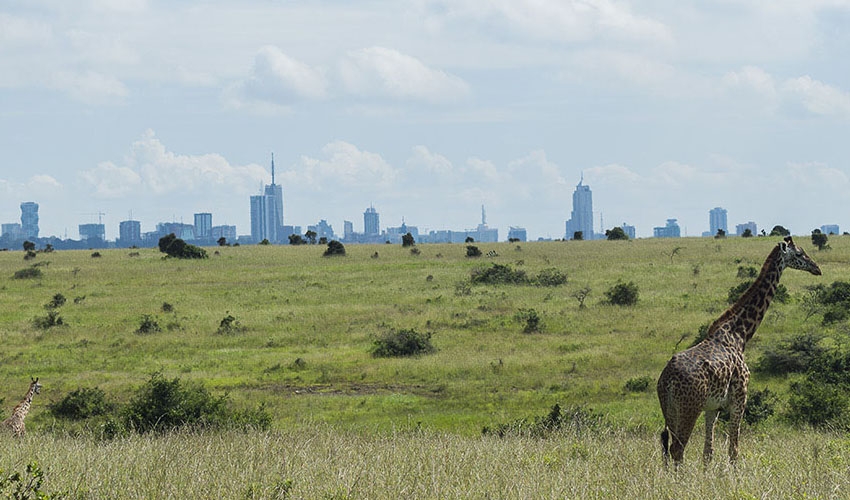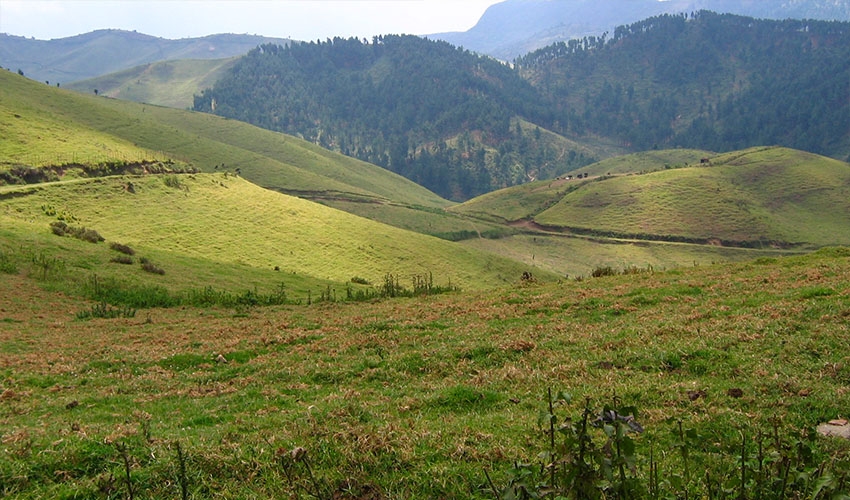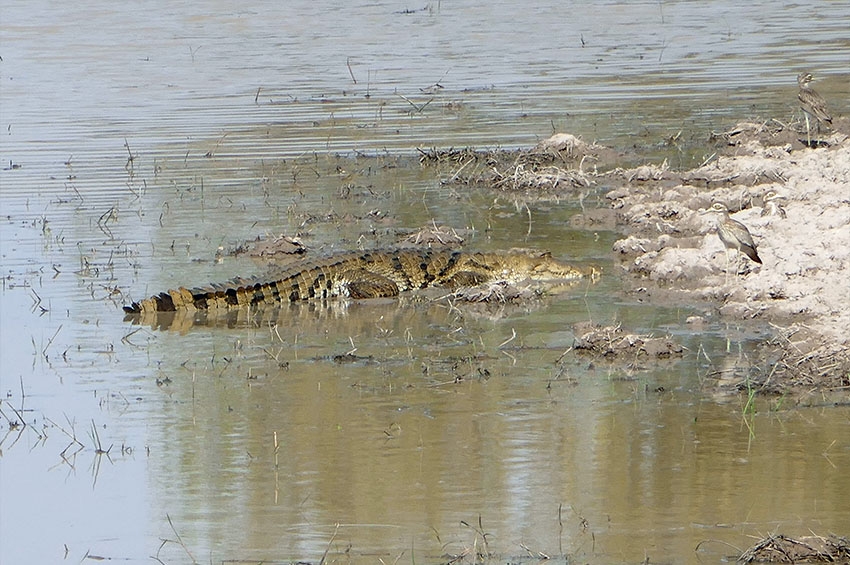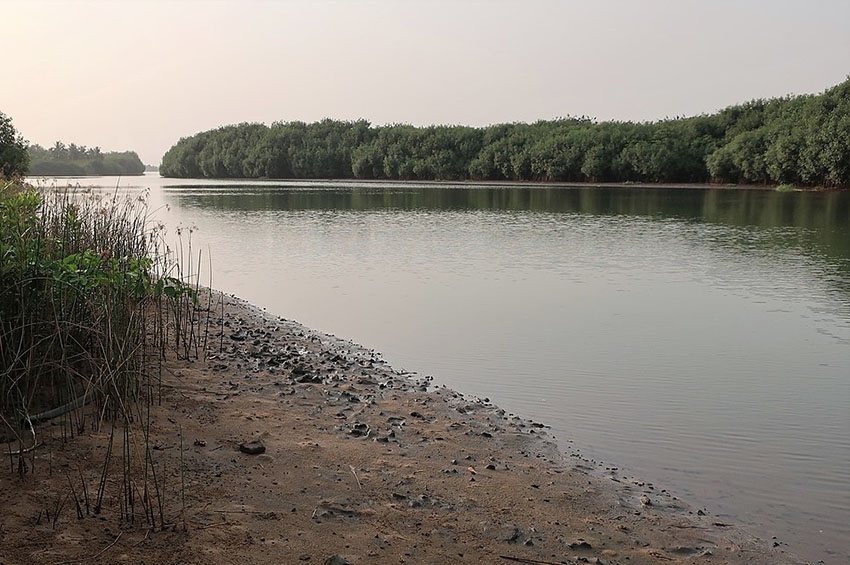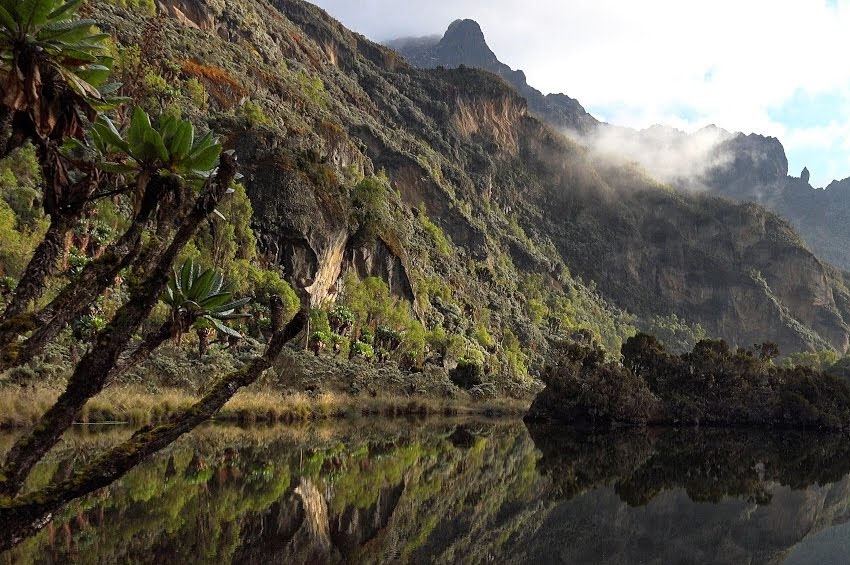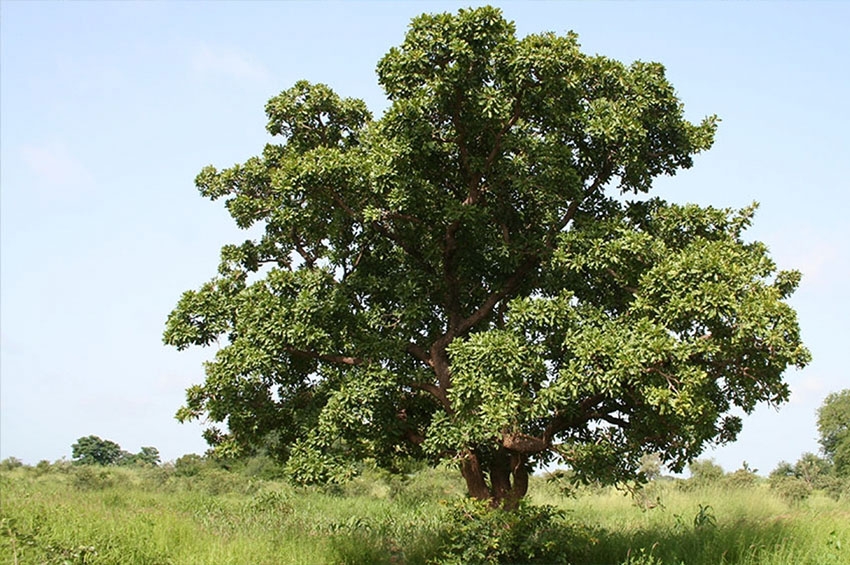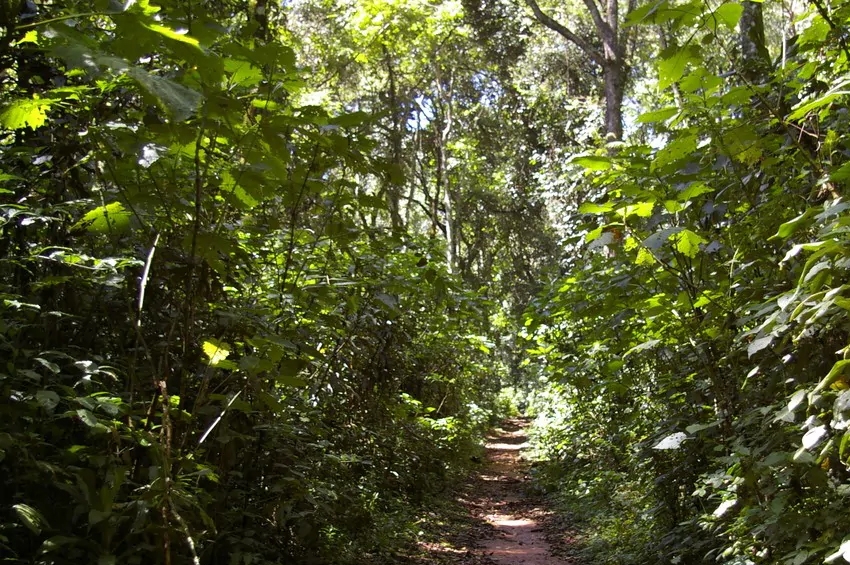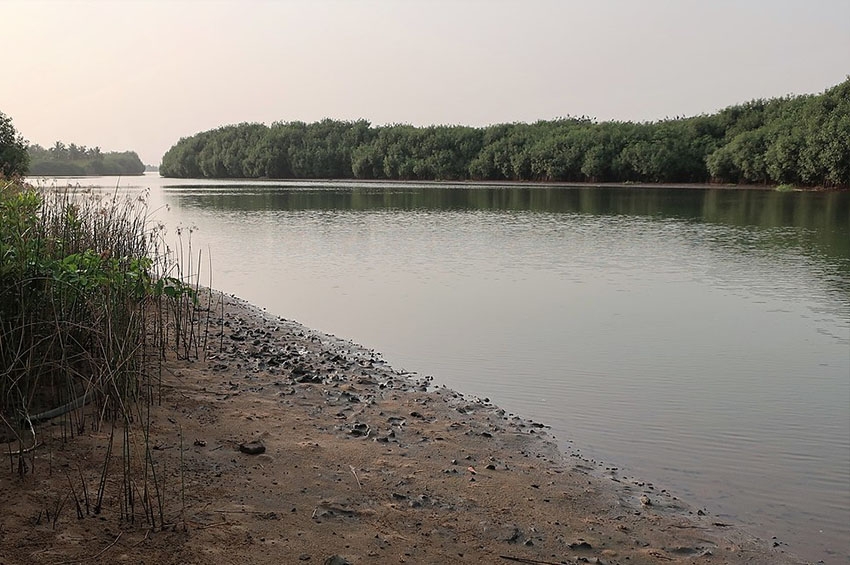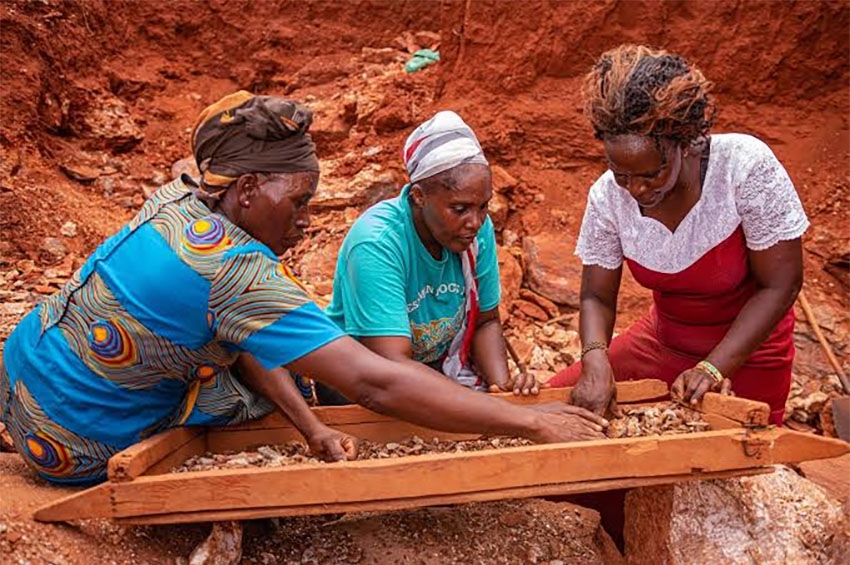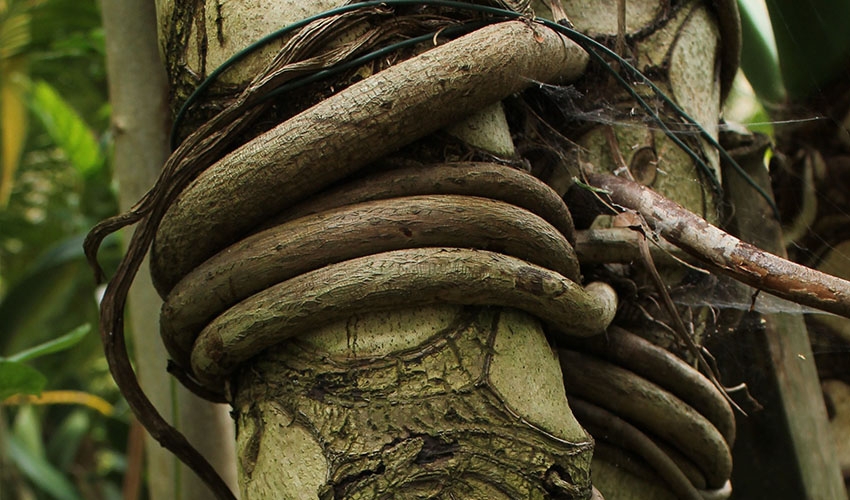1.0 Introduction and Location
With an estimated total area of 526,000 ha, located between latitude 2°49'-3°23'N and longitude 12°25'-13°35'E, the Dja Wildlife and Hunting Reserve was created on 26 June 1950 by decree No. 319 of the French High Commissioner for Cameroon. In 1981, at the instigation of the Cameroon branch of UNESCO’s Man and the Biosphere program, it became a UNESCO Biosphere Reserve. The UNESCO World Heritage Site scheme was extended to the Dja Reserve in 1987 (Gartlan & Leakay, 2008). The Dja Biosphere Reserve is located in the East and South Regions of Cameroon is classified among the largest protected areas of the Guinea-Congolian tropical rain forests. The reserve is bounded by the Dja River which constitutes its natural boundary, except in the southeast (Gartlan & Leakay, 2008). The climate is equatorial and humid. Average annual rainfall is 1600 mm, while annual temperature is 23°C. The Dja loop is situated in the Congo basin on the Precambrian plateau. The altitude of this plateau varies between 600 and 700m and slopes slightly towards the southeast. Relief is characterized by shallow valleys (Bedel et al., 2007). The Dja Reserve belongs to the evergreen Cameroonian-Congolese forest, the Dja Congolese district to be precise and it is managed by the Dja conservation service headed by the conservator.
Fig 1: Location of the Dja Fauna Reserve in Cameroon (Source: Samuel N, 2010)
The, Bantus and the Baka Pygmies ethnic groups live side by side in and outside the reserve. The Bantus include the Badjoué in the North, the Nzimé in the East, the Mbulu in the West, the Fang-Nzaman in the South, and the Baka Pygmies and the Kako farmers who live mostly scattered in small settlements, mainly in the forest at some distance from the Bantu villages and roads. These people depend directly on the resources in the reserve for livelihood (Gartlan, 2009).
2.0 The Biodiversity of Dja Fauna Reserve
2.1 Flora Diversity.
There are four main forest types in the Dja Fauna reserve: Atlantic, semi-deciduous, Congolese and mono specific . The forest with its 90% which has remain untouched has a tree cover almost much semi deciduous as evergreen, but is dominated by the dense semi-evergreen Congo rain forest with a canopy at 30-40m rising to 60m. Some 43 species of tree form the canopy , legumes being particularly common. Species listed include Afzelia bipindensis in the Meliacea, djave nut Baillonella toxisperma in the Sapotaceae and also Afrostyrax lepidophyllus just to name a few. The shrub layer contains over 53 species including species of Diospyros, Drypetes and Cola; Staudtia kamerunensis, Syzygium jambos. The forest is also rich in lianas. The herbaceous layer is composed principally of Marantaceae and Mapania spp. The Congo rainforest is also characterized by almost pure stands of Gilbertiodendron dewevrei forest on flood-prone alluvial soils. Other main vegetation types are riverine and swamp vegetation with Anthocleista nobilis, Raphia hookeri and Alstonia congensis, and secondary forest around villages abandoned on establishment of the reserve and more recently abandoned cocoa and coffee plantations (ECOFAC Cameroun, 1998). Fig 2 below illustrates how the Dja Founa looks like.
Fig 2: The Flora Diversity of Dja Fauna Reserve.
2.2 Fauna Diversity
Dja, owing to its inaccessibility , is one of the last Cameroonian wilderness forest ecosystems to be barely disturbed by man. Its transitional climate, floristic diversity and borderline location has resulted in the persistence of a rich, often rare, vertebrate fauna. According to a systematic inventory of the fauna taken between 1993 and 1995 under the auspices of ECOFAC (Conservation and Utilisation Naturelle des Ecosystemes Forestiers d’Afrique Centrale), 109 species of mammals in 34 families were recorded within the Reserve, and a possible 176 species in both Reserve and its surroundings (ECOFAC Cameroun, 1998). The area has a wide range of primate species including western lowland gorilla and western chimpanzee. Other primates include putty-nosed monkey, moustached monkey, crowned monkey, southern talapoin monkey, white-collared mangabey, golden-bellied mangabey, black mangabey, angola colobus, drill, mandrill, potto, and the lemuroid Demidoff's dwarf bush baby . Other mammals include African elephant, estimated in 1995 to number about 1,150 (ECOFAC Cameroun, 1998), giant pangolin, warthog, giant forest hog and western bongo and African forest buffalo. A 1993 inventory of the avifauna recorded 349 resident species and some 80 more or less regular migrants. They include Bates's weaver, which is endemic to southern Cameroon and the grey-necked rock fowl. The African grey parrot found in the reserve is threatened, being a target of the wildlife trade. Reptiles include python, lizard and two species of crocodile, one being the African long-snouted crocodile. 60 species of fish are known, only one being endemic, the Dja river catfish.
Fig 3: Some Animals species in the Dja Fauna Reserve
3.0 Challenges Faced in sustaining the Dja Reserve
Four main threats to the Reserve’s integrity exist: commercial hunting, exploitation for timber and for agriculture, and potential mining near the site and the reserve’s management, planning and surveillance are barely operational. Bush meat has become the main source of incomes supplies. Poaching for bush meat has become very profitable, facilitated by forestry roads, and the certification and trafficking of meat (and timber) have grown beyond the control of the Conservation Service and are a major menace to several protected species. During the year 2005- 6 some 1,500 pieces of bush meat were seized (UNESCO, 2006). Talking to Mr Nkoumto Emmanuel a bush meat hunter around the Dja reserve this what he said ‘It takes me about two or three days to walk to Mabe for hunting. There is a big river. I cross it to hunt buffalos. I must also watch out that the project agents do not catch me’.
The Dja Biosphere Reserve hasn’t been subject to forest logging but the high timber extraction around the reserve have negative impacts in its biological diversity. Forest logging began in 1970 around the Dja reserve and by the year 1990, forest logging increased more and more with the multiplication of the “ventes de coupe” at the East, North, and west of the reserve (Global Forest Watch 2000). In all, 157429 m3 of wood have been extracted in the North and the South of the Dja Reserve from 2000 to 2003 by timber exploitations four companies. Forest logging constitutes a serious problem in this area as it reduces wild fruits such as moabi (Baillonella toxisperma) for local people and large mammals. The conservation Service is very understaffed and underfunded and can only use dissuasion. Stronger enforcement is needed to register the origin of timber and bush meat, and to monitor the exit roads for their illicit export. The GEOVIC Cameroon Company, authorized to mine in 2003, has develop the deposits of cobalt, nickel and manganese 40 km east of the border of the Dja Reserve. A legal, environmental and social impact audit is still needed , detailing the potential for heavy pollution from settling ponds and of the potential impacts of 700 workers and 2.000 incomers.
4.0 Restoration Efforts
4.1 Co-management
In the opinion of some Baka people who are residents around the Dja reserve, they have never been perceived as partners in the conservation proposals for the reserve. They have had no dialogue with conservation authorities, and are not even familiar with the conservation objectives for this protected area. However in recent times the management of the Dja reserve are beginning to see the communities as equal partners in conservation of natural resources in this area. During an interview with the assistant conservator he said ‘We are gradually integrating Community’s into management because it makes them feel important and their knowledge of the reserve and its surrounding areas could, moreover, been put to use in monitoring the activities of outside agents within the reserve (in the fight against poaching and illegal logging, for example)’.
4.2 Participation and consultation of the indigenous peoples
According to the African Charter of human Rights and Cameroon’s framework environmental law, there are established principle of public participation in the management of its natural resources. In principle 10 of the Rio Declaration, article 9(e) of Cameroon’s framework environmental law in 1996, all decisions likely to have an impact upon the environment are subject to: ‘dialogue with . . . concerned group . . .’. This is a legal requirement which recognizes the rights of citizens to a healthy environment as recognized by Cameroon’s constitution. This laws were not taken into consideration in the case of the Dja reserve but recently, the law is being taken into consideration during the drawing up of management decisions.
5.1 Green Economy Potential
According to UNEP 2011, a green economy is one that improves on human wellbeing and social equity while significantly reducing environmental risk and ecology scarcity. It is low carbon, resource efficient and socially inclusive. Communities around Dja reserve in the past few decades have often relied on activities like hunting and timber exploitation within the reserve to sustain their livelihoods but exerts pressure on some of endangered and endemic species found in the Dja reserve. A close substitute to these activities which can reduce environmental risk and ecological scarcity is the practice of bee farming and aquaculture . Bee keeping for production of honey which has the potential to increase their incomes of residents around Dja while reducing environmental risk and ecosystem scarcity. A litter of honey in nearby cities like Yaoundé cost about $4. This is a clear proof that the activity could increase wellbeing while conserving the environment.
After the restriction of communities from hunting in the reserve, most communities have often complained of not having balance diets with protein lacking in their diets because they can’t hunt bush meat. Aquaculture could be introduced in this area to as serve as a remedy to lack of protein in their diets and as a source of incomes through the sales of fish produced. A Kg of fish cost about $2 in neighboring cities. This fish can be preserved using traditional methods like drying after which the fish can be sold to neighboring cities.
6.0 Conclusion
The Dja wild life reserve is rich in biodiversity some which are endemic and near extinction. Despite its rich biodiversity, the reserve still suffer from many problems such as poaching, illegal timber exploitation and the understaffing of the reserve’s management. Even though the management of the reserve have taken some measures to redress the situation such as co-management and integration of indigenous people in decision making, there is still need to increase the conservation budget, increase management staffs and implement alternative livelihoods activities to communities around the reserve to divert their attention from the dependent on natural resources for livelihood sustainability.


